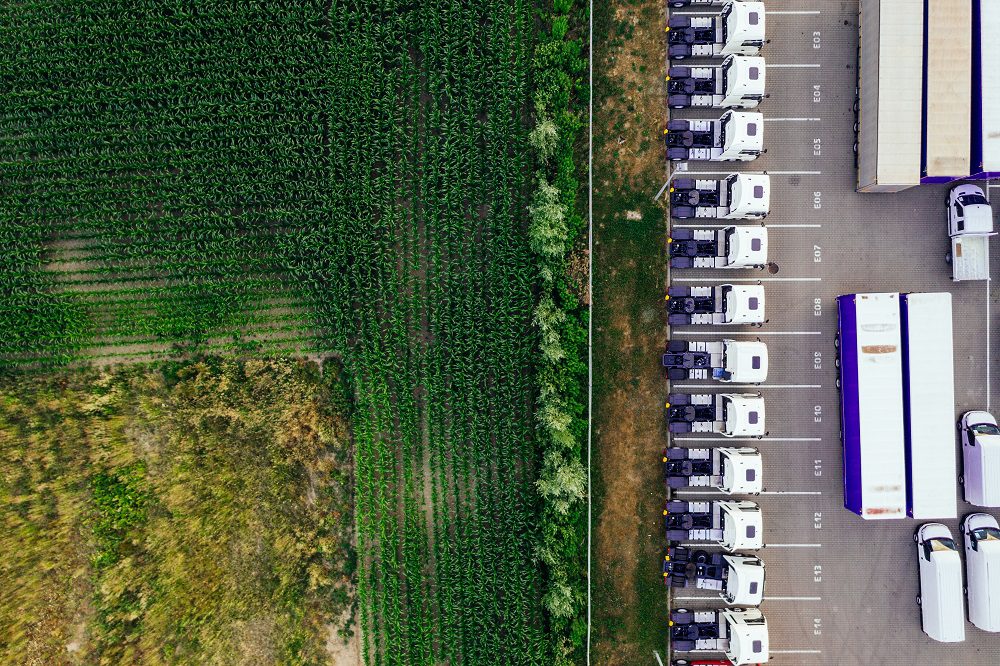Out of all the responsibilities a fleet manager has, ensuring the safety of their drivers is always the top priority. After that, the importance of the vehicles driven and the assets they carry come after. However, no manager should ever have to constantly be on edge about how their drivers are doing on the road and if the job was done properly. That’s why it falls to you to make sure everything goes the way it’s supposed to. Here’s everything you need to make your fleet safer and easier to manage.
Start With a Strategic Plan
With something as important as understanding the basics of managing your fleet, it’s important to have a well thought out plan. In fact, you’d be surprised how many fleets ultimately fail due to poor or no planning and not keeping a watchful eye on everything. As you begin to plan things out, it’s recommended you start with the assets involved. This is especially important for trucking businesses because you must know what truck goes where and what it’s carrying. The same also goes for restaurants and stores that offer delivery services.
Schedule Routine Maintenance
No matter what vehicles your fleet has, having them maintained on a routine basis can help prevent an unwanted catastrophe. Maintenance is what ultimately reveals any underlying issues the car may have. For instance, if your engine is acting up or making strange sounds, it may be because the muffler is broken. To give you an idea of how things work, here’s what’s involved in car maintenance:
- Checking, rotating or replacing old tires
- Getting an oil change
- Cleaning or installing a new battery
- Inspecting the exhaust
- Inspecting and fixing the breaks
- Swapping out burnt out lights
- Fixing the air conditioner and heater
- Implementing new spark plugs and filters
Unlike personal vehicles, vehicles involved with a fleet require monthly maintenance. If you want to be extra cautious, you can get bi-monthly maintenance instead. Being on the ball with this is how you can keep both your drivers and vehicles safe.
Install Safety Measures
While we’re still on the subject of the benefits of good health and safety, we need to talk about installing extra protection. The road is one of the most unpredictable places a person can be. Unfortunately, car accidents can happen at any given moment, so you need to prepare your drivers and the vehicles ahead of time. There are two pieces of technology that can help you do so; ELDs and dash cams.
Starting with ELDs, also known as electronic logging devices, are a special type of device that’s installed right into the mainframe of the vehicle. Specifically, it’s installed into the onboard diagnostics (OBD), which is an internal computer located within a car that constantly tracks its performance. An ELD records this information, so fleet managers know what, how and when things went wrong. ELDs track what date the vehicle was used, how long it was used, the mileage, how long the engine ran and even how the vehicle moves. This makes it easier to pinpoint who’s at fault for an accident.
Since you’re more aware of how ELDs function, let’s talk about how dash cams work. A dash cam works vaguely similar to an ELD as it records information. But instead of recording the internal functions of the car, it keeps record of the road. It’s a type of camera that you mount onto either the windshield or dashboard and records what occurs from the front, back and both sides of the vehicle. Installing a dash cam can be a little tricky to install for trucks, so be sure to review a guide about them to learn more.
Integrate GPS Tracking Systems
Now that you know how to keep your drivers safe, it’s time to learn how you can effectively manage them. And there’s no better way to track your fleet than with GPS tracking systems. Combined with the aforementioned ELDs, integrating GPS can help you keep track of every individual driver. It also helps to reduce the operating costs and protects your assets from being stolen.
Get Fleet Insurance
Fleet insurance is something that makes every fleet manager’s life easier. It’s a type of insurance that ensures every vehicle within your fleet is protected. What makes this policy unique compared to the standard car insurance is that it protects all your vehicles with just one policy. Like traditional car insurance, there are various types of fleet insurance. The three types include bodily injury, property damage and combined single limit (CSL). While you can get these policies separately, you’re better off getting a CSL policy. This insurance comes with a limit set by the insurance company that combines the total of bodily injury liability and property damage liability. It’s much more convenient than having to handle two policies at once.


